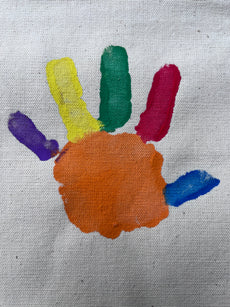Introduction
Parents of children with high sensitivity to ultraviolet (UV) light must always be vigilant to protect their little ones from the harmful effects of sun exposure. While there are many products and strategies available, sometimes the most effective methods involve using common sense to make the best decisions for your child. In this article, we'll explore simple, everyday precautions that can help shield sensitive children from excessive UV exposure.
Finding Shade in Your Environment
Seek out natural shade: Whenever you're planning outdoor activities, be mindful of your surroundings and identify areas with natural shade, such as under trees or large structures. These spots offer respite from the sun and can reduce the risk of UV damage. Remember that UV radiation is strongest between 10 a.m. and 4 p.m., so be especially cautious during these hours.
Create your own shade: If natural shade is unavailable, consider bringing along portable shade solutions, such as umbrellas, sun tents, or pop-up canopies. These items can be easily set up at parks, beaches, or other outdoor locations, providing a safe space for your child to play and rest without direct sun exposure.
Choose shady routes: When walking or strolling with your child, opt for routes that offer more shade, even if it means taking a slightly longer path. This simple adjustment can minimize the amount of time your child spends in direct sunlight.
Utilize indoor spaces: On particularly hot and sunny days, consider planning activities in indoor spaces, such as museums, libraries, or shopping centers, where your child can enjoy themselves without the risk of excessive UV exposure.
Additional Precautionary Measures
While seeking shade is an effective strategy, it's important to combine this approach with other preventive measures for maximum protection. These may include:
Applying broad-spectrum sunscreen with a minimum SPF of 30 on your child's exposed skin, even on cloudy days.
Dressing your child in UV-protective clothing, such as long-sleeved shirts, pants, and wide-brimmed hats made from tightly woven fabric.
Encouraging your child to wear sunglasses with 100% UV protection to shield their eyes from harmful rays.
Educating your child about the importance of sun safety and encouraging them to take breaks in the shade, especially during peak UV hours.
Conclusion
Protecting children with high sensitivity to UV light doesn't have to be complicated. By using common sense to find shaded areas and combining this approach with other precautionary measures, parents can effectively shield their children from harmful UV rays, ensuring their safety and well-being while enjoying outdoor activities.

